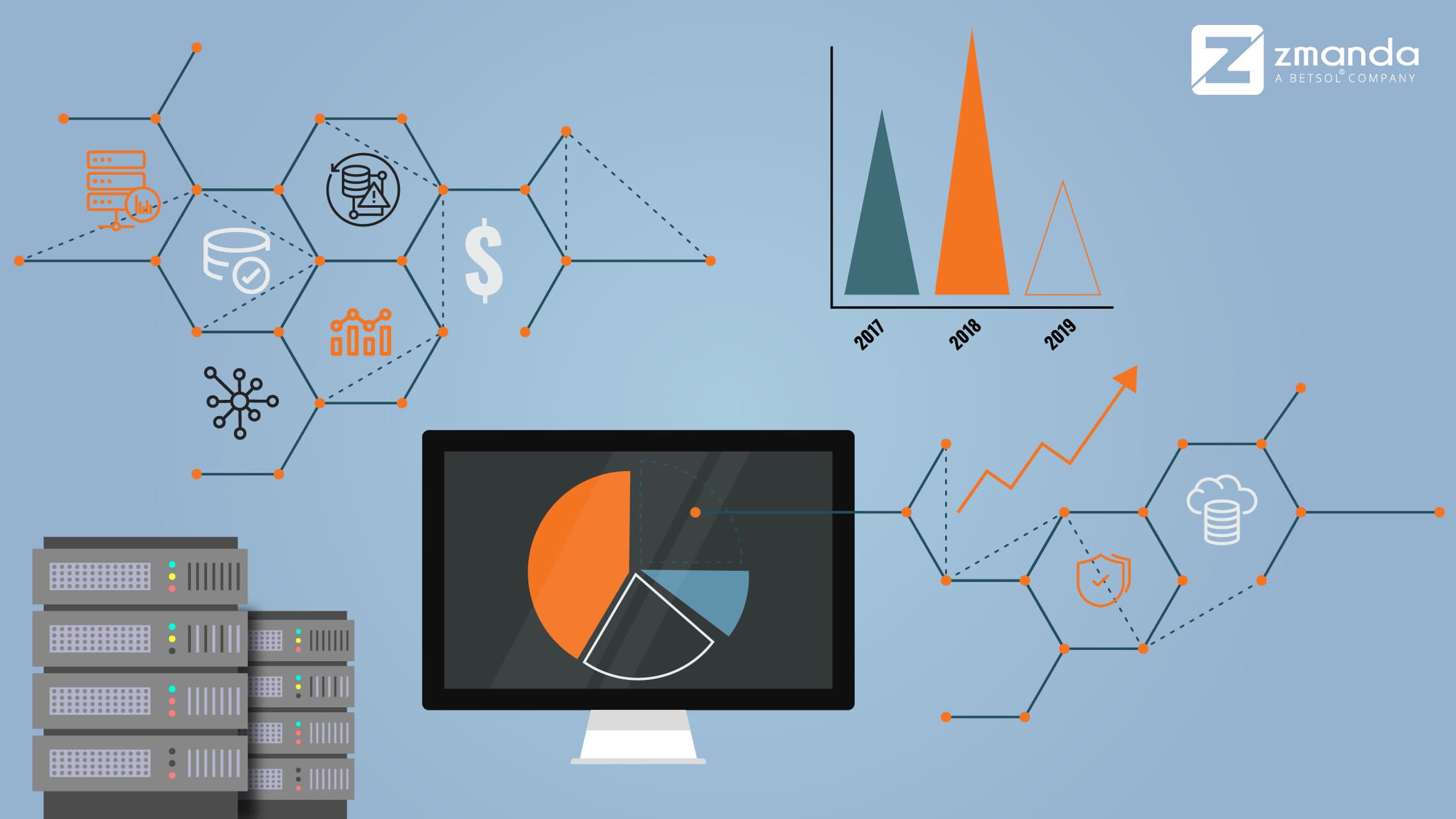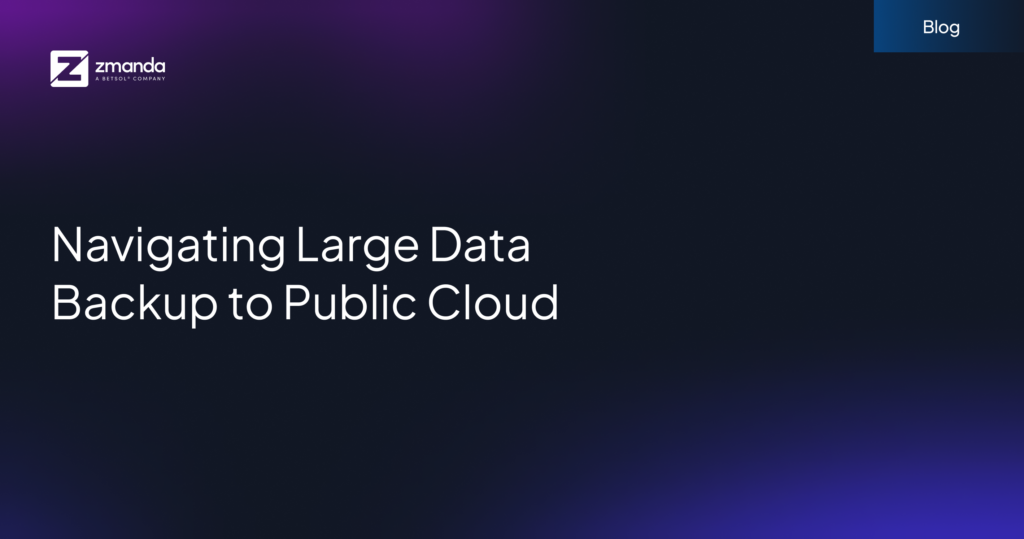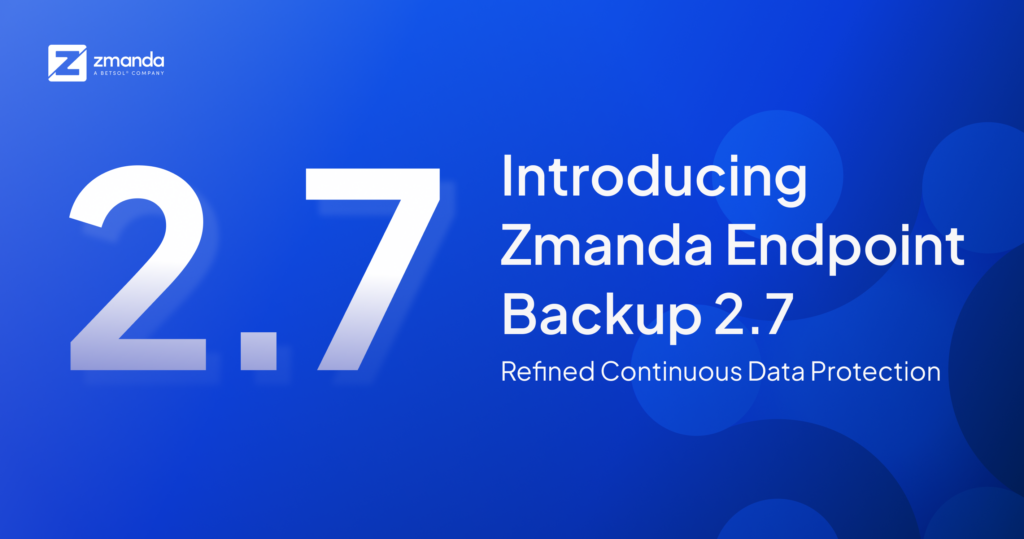
Data growth and data loss are two vital things to understand; especially in relevance to data backup. Even today, some organizations do not assign a high priority level to data backup, application backup, or restore. Nowadays, improved data analytics permits companies to come up with innovative products and services catering to new and current markets. Additionally based on optimal information companies are able to make better decisions.
Data backup has always been a “challenge”. Furthermore, explosive data growth, inadequate backup mechanisms, data restore pursuance, and limited storage capacity are decades-old hitches. Today, volatile data growth has further compounded these performance and capacity issues. Mobile devices and internet-connected assets send and receive data constantly. This data needs to be backed up frequently, restored even more quickly, and constantly protected against all attacks.
Simply plus high-resolution graphics and high-definition audio and video entail more capacity. Databases store bigger data than ever. Certain sorts of data must be retained for longer periods to meet business, legal, or regulatory requirements.
This proves that data is the “heartbeat” of businesses today, and companies go to great measures and expenses to protect their data from loss or corruption. Although companies have adopted a few calculated solutions towards data protection, with tremendous data growth, recovering or accessing data during a disaster can become a little tedious.
Businesses risk a wide variety of issues by not modernizing their backup solution.
Deliberate Cloud Adoption
When it comes to data protection and long-term retention, the cloud can be a real game-changer. Yet, some companies are still trapped in traditional backup infrastructures that were never preferred to embrace the cloud. As a result, cloud usage is often limited and relied upon only as a traditional storage target that significantly reduces its value.
Long Backup Windows
When data size grows, it is difficult to manage it with the traditional model of full and incremental backups. The full backup windows extend beyond SLA (Service Level Agreement) requirements. Things get worse when these lengthy backup windows start impacting application performance, as well.
Several RPOs (Recovery Point Objectives)
Different applications dictate different recovery point objectives, which typically results in multiple protection tools. Thus, users end up struggling with many point solutions adding in cost in management and reduction in reliability.
There have been constant concerns about the lack of access and loss of data. Businesses spend billions each year on traditional solutions that, when tested, often fail to meet minimum point and time recovery standards. According to the Gartner report, the shift of enterprise IT spending from traditional (noncloud) offerings to new, cloud-based alternatives is continuing to drive growth in the enterprise software market. In 2019, the market is forecast to reach $427 billion, up 7.1 percent from $399 billion in 2018.
Why There is an Exponential Growth in Data?
Exponential data growth, the need for faster restores, and recurrent data protection have forced administrators to look for alternatives to traditional backups. In the past, there have been situations where administrators could not cope up with tape capacity limitations. Also, they were not sure if backup media delivered sufficient performance to back up and restore data promptly.
Several factors subsidize to the sheer volumes of data that needs to be backed up. Below is the list:
Virtual Machines
Virtual machine sprawl is one of the factors. Creating virtual machines is easy, and thus, now some users even have the largest number of physical servers that the organization ever had. Of course, it does not mean that the number of virtual servers means more data to back up. However, most modern backup applications seem to create image backups for virtual machines. This simply means that virtual machines are backed up as a whole, rather than the backup software backing up individual files and folders within each virtual machine.
This looks like a more efficient way to back up VMs as the backup is done one shot. However, because of cross-virtual machine redundancy related to things like operating system files and application files leads to a lot more data being backed up.
Retention Requirements
Retention requirements change over time. In some cases, retention requirements are dictated by regulation. While in other cases, they stem directly from business needs. In any case, the long-term retention of data upsurges the total volume of data that needs to be protected.
Types of Data
When compared to data created earlier, types of data differ a lot now. Earlier business data consisted of loads of documents and spreadsheets. The widespread adoption of digital multimedia has also played a major role in explosive data growth.
However, it is not just multimedia files that are responsible for the overall increase in the volume of data that must be protected. Databases also tend to be larger than ever before, because applications that are tied to databases store more data than ever before. An enterprise application might store performance data, diagnostic logging data, auditing data, and the list goes on.
Big Data Trend
The term "Big Data" is defined in several ways, but most of the definitions boil down to being able to use large sets of unstructured data to spot business trends. Due to widespread interest in big data analytics, organizations and enterprise vendors alike have begun logging practically every possible piece of business data.
Why Zmanda?
Although many challenges remain, backup solutions are evolving to address some of the issues that administrators face. Zmanda is an all-in-one solution for backup and disaster recovery that protects files, servers, and entire data centers. Zmanda’s mission is to ensure that our customers can always recover their data while making backup simple, secure, and cost-effective. In addition to traditional backup to disk and tape, with Zmanda, users can use cloud backup, to backup, archive and retrieve any amount of data, at any time, from anywhere on the Internet.
Looking for a robust solution, go for Zmanda!
Also, be sure to check out 5 Reasons Why You Need an Impenetrable Data Backup and Recovery Plan


